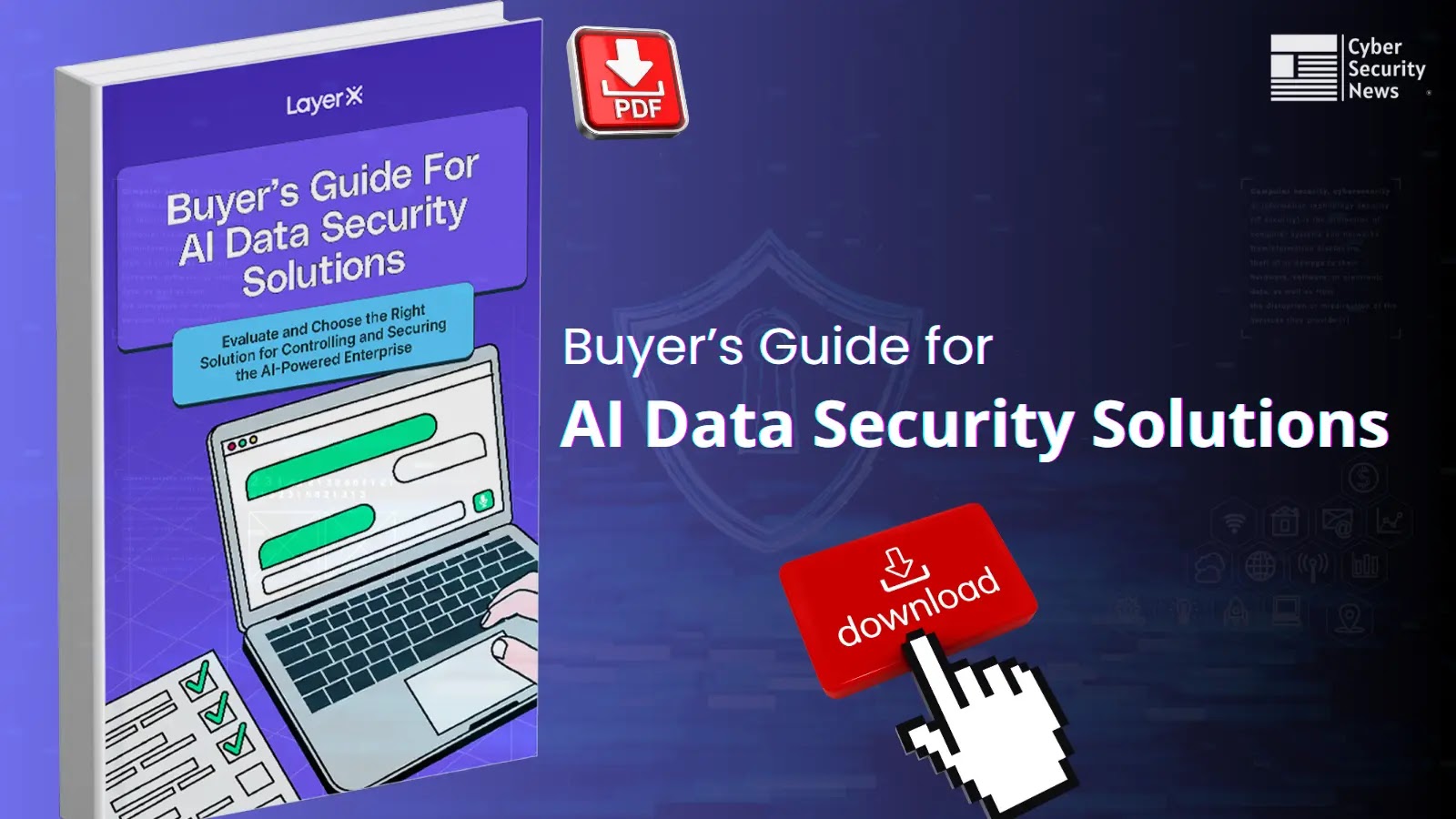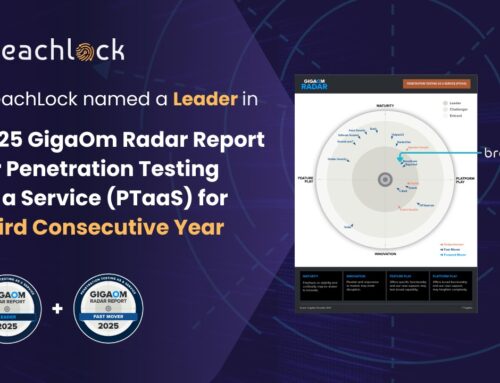
Rethinking AI Data Security: A Buyer’s Guide for CISOs
The AI Revolution: A CISO’s Urgent Call to Action
Generative AI has rapidly transformed from an impressive technological feat into an indispensable engine of organizational efficiency. We’ve witnessed its seamless integration, from AI companions within productivity suites to sophisticated large language models (LLMs) empowering personnel to code, analyze, draft, and make critical decisions. Yet, for Chief Information Security Officers (CISOs) and security architects, this breathtaking pace of adoption presents a unique and pressing challenge: how do we secure AI data effectively?
The speed at which AI has become foundational leaves little room for traditional, reactive security measures. This guide aims to equip CISOs with a proactive framework for understanding, evaluating, and ultimately securing their AI deployments. It’s time to rethink AI data security, treating it not as an afterthought but as an intrinsic component of every AI initiative.
Understanding the Expanded Attack Surface of AI
The advent of AI introduces novel attack vectors and expands existing ones. Traditional security concerns like data breaches, phishing, and malware persist, but are amplified and complicated by AI’s unique characteristics. Consider the following:
- Training Data Vulnerabilities: The foundational data used to train AI models can be a significant point of compromise. Poisoning attacks, where malicious data is injected, can lead to biased, inaccurate, or even harmful AI outputs. Data privacy breaches during training are also a major concern, as sensitive information might be inadvertently or maliciously embedded within models.
- Model Inversion and Extraction Attacks: Adversaries can attempt to reconstruct sensitive training data from the AI model itself (model inversion) or steal the model’s intellectual property (model extraction). These attacks aim to reverse-engineer the model, exposing proprietary algorithms or confidential data patterns.
- Prompt Injection and AI Manipulation: This is akin to SQL injection for AI models. Malicious inputs (prompts) can trick an LLM into performing unintended actions, revealing sensitive data, or generating harmful content. For instance, a manipulated prompt might bypass safety filters or extract confidential information from the model’s knowledge base.
- Supply Chain Risks in AI Ecosystems: AI development often relies on a complex web of third-party libraries, pre-trained models, and cloud services. Each component represents a potential vulnerability. A compromise in any part of this supply chain can ripple through an organization’s AI systems.
- Lack of Transparency and Explainability: Many advanced AI models, particularly deep learning networks, are often referred to as “black boxes.” This lack of transparency makes it challenging to understand their decision-making processes, hindering forensic analysis and effective security auditing.
Key Considerations for AI Data Security Initiatives
Securing AI goes beyond simply protecting endpoints or networks; it requires a holistic approach that spans the entire AI lifecycle. CISOs must evaluate AI solutions with an eye toward distinct security controls.
Data Governance and Privacy by Design
Robust data governance is paramount for AI. This involves clear policies on data collection, storage, retention, and usage. For any AI project, privacy by design principles must be embedded from the outset. This includes:
- Data Minimization: Only collect and use the data strictly necessary for the AI model’s purpose.
- Anonymization and Pseudonymization: Implement effective techniques to protect sensitive identifiable information within training and operational data sets.
- Access Controls: Enforce stringent role-based access controls (RBAC) to AI training data, models, and outputs.
- Compliance: Ensure adherence to relevant data protection regulations such as GDPR, CCPA, and HIPAA.
Securing the AI Development Pipeline
The development lifecycle of AI models is a critical security frontier. CISOs need to ensure security is integrated throughout the MLOps pipeline:
- Secure Training Environments: Isolate and protect environments used for model training to prevent unauthorized data access or model tampering.
- Code Security and Vulnerability Management: Apply standard application security practices to the codebases of AI models, including static and dynamic analysis, and regular dependency scanning.
- Model Versioning and Integrity: Implement robust version control for AI models and associated data. Cryptographic hashing or digital signatures can help verify model integrity.
- Threat Modeling for AI: Conduct AI-specific threat modeling exercises to identify potential attack vectors unique to the AI application.
Robust Model Deployment and Monitoring
Once deployed, AI models require continuous security vigilance.
- API Security: Secure the APIs that interact with AI models using strong authentication, authorization, and rate limiting.
- Runtime Monitoring: Implement solutions to continuously monitor AI model behavior for anomalies, drifts, or indicators of malicious manipulation (e.g., unusual inference patterns, high error rates indicating data poisoning).
- Adversarial Robustness: Design and test AI models for robustness against adversarial attacks, such as prompt injection (e.g., CVE-2023-38871 involving prompt injection vulnerabilities in certain LLM applications) or data evasion techniques.
- Regular Audits and Penetration Testing: Conduct regular security audits and penetration tests specifically targeting AI models and their surrounding infrastructure.
Vendor and Third-Party Risk Management
Many organizations leverage external AI platforms and services. A thorough vendor risk assessment is non-negotiable.
- Due Diligence: Evaluate vendors’ security postures, compliance certifications, and incident response capabilities related to AI.
- Contractual Agreements: Ensure service level agreements (SLAs) with AI providers clearly define security responsibilities, data ownership, and incident reporting procedures.
- Data Residency and Sovereignty: Understand where AI providers store and process data, especially for sensitive information, to comply with relevant regulations.
Remediation Actions for AI Data Security Gaps
Addressing vulnerabilities in AI systems requires a multi-layered and ongoing effort:
- Implement Input Validation and Sanitization: Crucially, validate and sanitize all user inputs to AI models to prevent prompt injection and other manipulation attempts. Treat AI model inputs with the same rigor as web application inputs.
- Employ AI Firewalls/Guardrails: Utilize specialized security layers designed to monitor and filter interactions with AI models, detecting and blocking malicious prompts or outputs.
- Regularly Update and Patch AI Frameworks: Keep all AI-related software, libraries, and frameworks updated to address known vulnerabilities (e.g., security patches for TensorFlow or PyTorch).
- Conduct Red Teaming Exercises: Simulate real-world adversarial attacks against your AI systems to identify weaknesses before attackers do.
- Educate Users and Developers: Foster a security-aware culture. Train developers on secure MLOps practices and educate end-users on the responsible and secure use of AI tools.
- Establish Incident Response Plans Specific to AI: Develop and test incident response plans tailored to AI-specific security incidents, such as model poisoning, data leakage from an LLM, or unauthorized model access.
The Future of AI Security: A Proactive Stance
The embrace of AI across organizations is a certainty. For CISOs, the imperative is not to halt innovation but to sculpt a secure path for its adoption. This requires moving beyond reactive measures to a proactive security strategy that considers AI’s unique complexities at every stage. By prioritizing data governance, securing the development pipeline, robustly monitoring deployed models, and diligently managing third-party risks, organizations can harness the transformative power of AI without compromising their security posture or data integrity. The future of enterprise security is inextricably linked to the security of AI.





